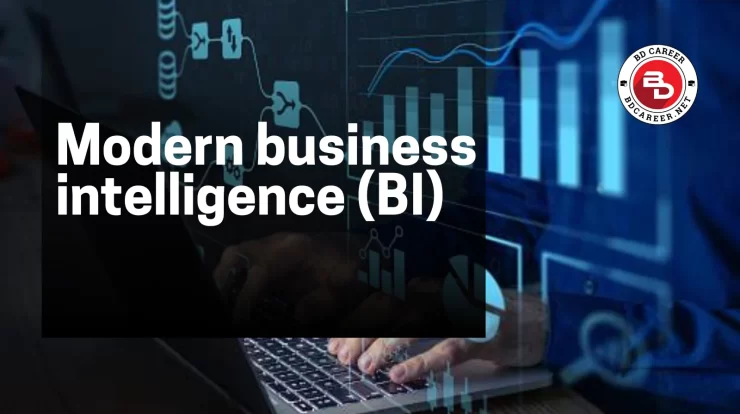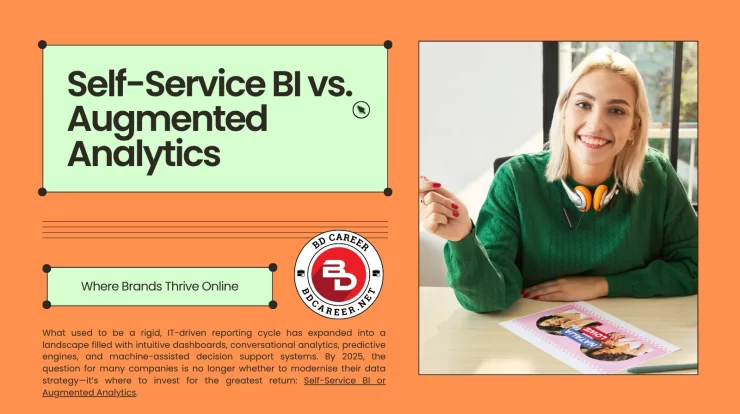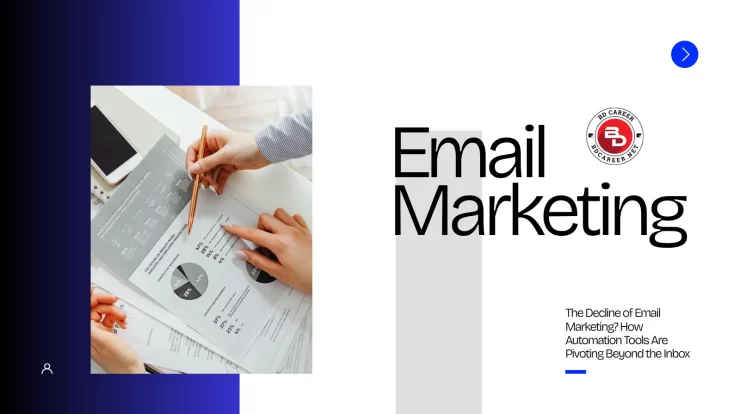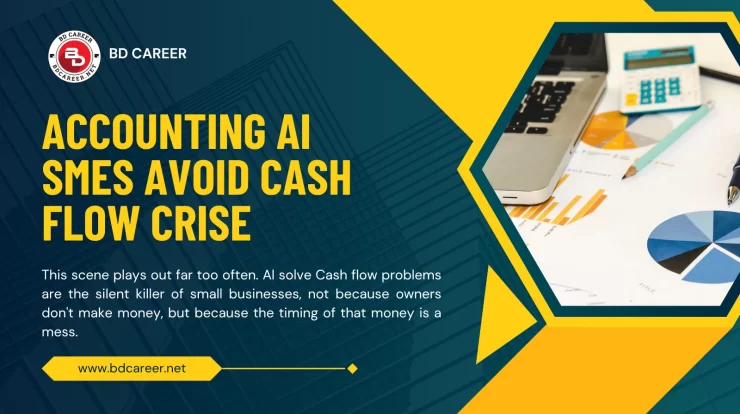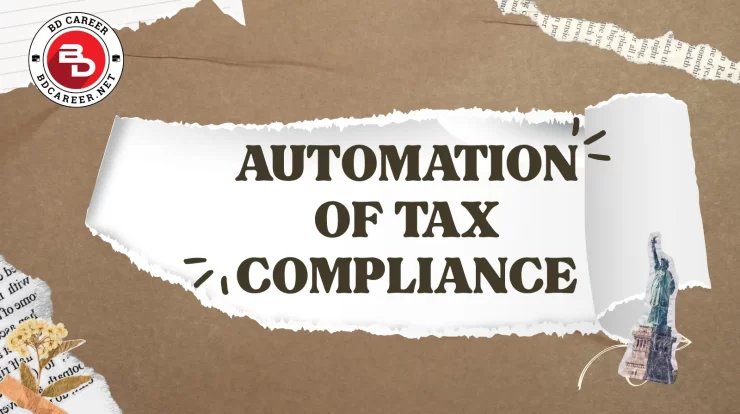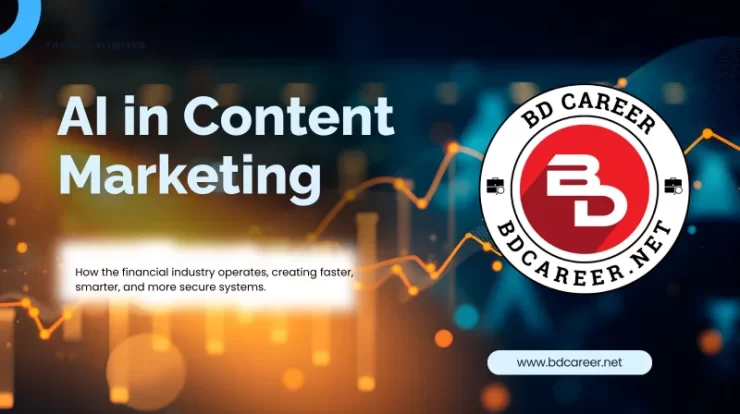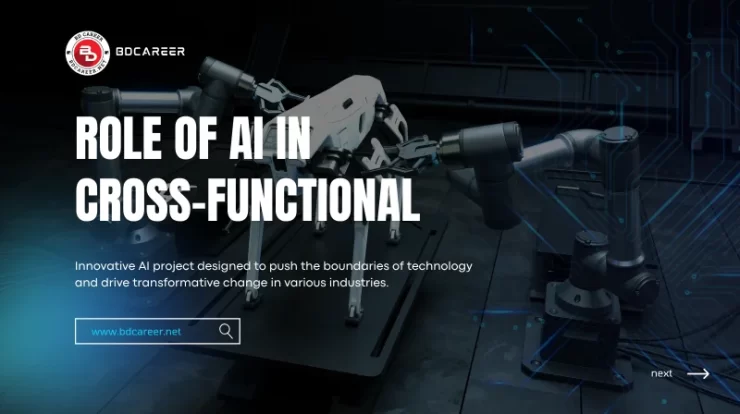
Let’s be real, collaboration’s always been kind of messy. You’ve got ideas flying around, half-finished notes, a dozen “quick sync” calls that turn into hour-long debates. And now, just when we’ve kind of figured out how to manage all that chaos, along comes AI, changing the way teams think, talk, and make stuff happen.
It’s called cognitive collaboration. Fancy term, right? But it’s really just this new way of working where people and AI aren’t in separate lanes anymore. They’re partners. Thinking together. Solving together. It’s not about replacing humans—it’s about expanding what humans can do when machines help them think.
Think of those old-school brainstorming sessions with whiteboards and coffee stains. Now imagine that same session—but your AI teammate is quietly summarising everything, pulling up relevant data, flagging inconsistencies, maybe even suggesting what to do next. That’s not the future. That’s happening right now.
Contents
- The Challenge of Cross-Functional Collaboration
- AI as the Cognitive Bridge Between Disciplines
- Enhancing Human Decision-Making, Not Replacing It
- The Emotional Intelligence Factor: Human + Machine Empathy
- Organizational Benefits of Cognitive Collaboration
- Ethical and Operational Considerations
- The Future: Teams That Think Together
- Final Thought
The Challenge of Cross-Functional Collaboration
If you’ve ever worked on a project with folks from marketing, engineering, finance, and product all at once, you already know: chaos. Pure, well-intentioned chaos. Everyone’s got their own lingo. Marketing’s talking about engagement rates. Finance wants ROI projections. Engineering’s deep in performance metrics. It’s like trying to make music when everyone’s playing a different tune.
And those tools we thought would save us—Slack, Asana, Google Sheets—they helped a bit, sure. But they didn’t fix the fundamental problem: we still have to translate everything between departments, between mindsets, between priorities.
That’s where AI comes in. It’s like having a universal translator who also happens to be a data analyst and a project manager. AI can take marketing’s campaign plan, tie it to the production schedule, and show finance what the budget impact looks like—in seconds. No spreadsheets from hell. No 20-thread email chains. Just clarity.
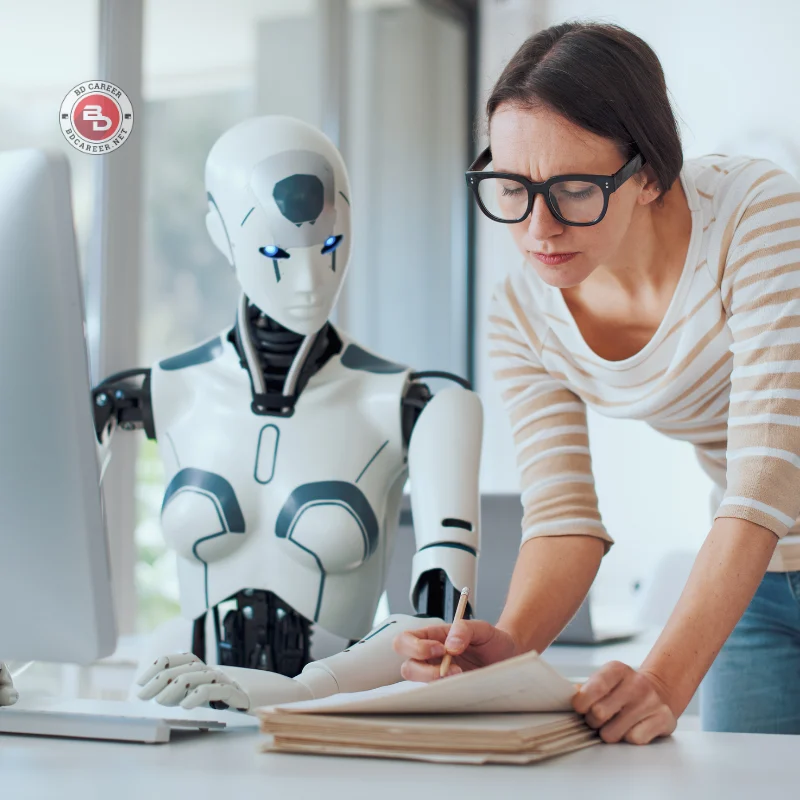
AI as the Cognitive Bridge Between Disciplines
Here’s where it gets kinda cool. AI doesn’t just organize stuff—it connects ideas that would normally stay trapped in different silos.
Take natural language processing (NLP), for example. It can translate technical jargon into plain English so that everyone—from the designer to the CFO—actually understands what’s going on. Then there’s predictive analytics, which looks across all those messy datasets and says, “Hey, if you run this campaign next month, supply might not keep up.” It’s like having foresight built into your workflow.
And the real power? Knowledge graphs. These let AI literally map how ideas and information relate across teams. So if someone in product is exploring a feature that customer support mentioned six months ago, the AI can surface that connection instantly.
Tools like Microsoft Copilot, Notion AI, and Salesforce Einstein are already doing this. I tried Notion’s AI feature once—just to summarise a chaotic project doc—and it didn’t just summarise. It found patterns I hadn’t even noticed. Creepy? Maybe a little. Useful? Absolutely.
Some companies are even seeing insane productivity boosts. One global manufacturer cut their product cycle time from six months to eight weeks just by using an AI-powered collaboration system. No more meetings. Not more people. Just smarter teamwork.
Enhancing Human Decision-Making, Not Replacing It
This might be the biggest misconception out there—that AI’s coming for our jobs. Nah. What it’s really doing is amplifying what we’re already good at.
In cross-functional teams, decisions are hard. Too many factors, too little time, way too much data. AI can run simulations, show trade-offs, and surface patterns that humans might never see. But it’s still us who make the final call. The emotional reasoning, the ethical judgment, the intuition—that’s human territory.
I like to think of AI as that one super-organized coworker who always has the data ready before the meeting. But they never tell you what to do. They just hand you the info, and you decide. It’s the perfect kind of collaboration—supportive, not bossy.
The best part? AI doesn’t get tired. Or biased (well, unless trained wrong). It doesn’t have an ego. It just processes and presents. That’s powerful when you’re juggling different teams with different goals.
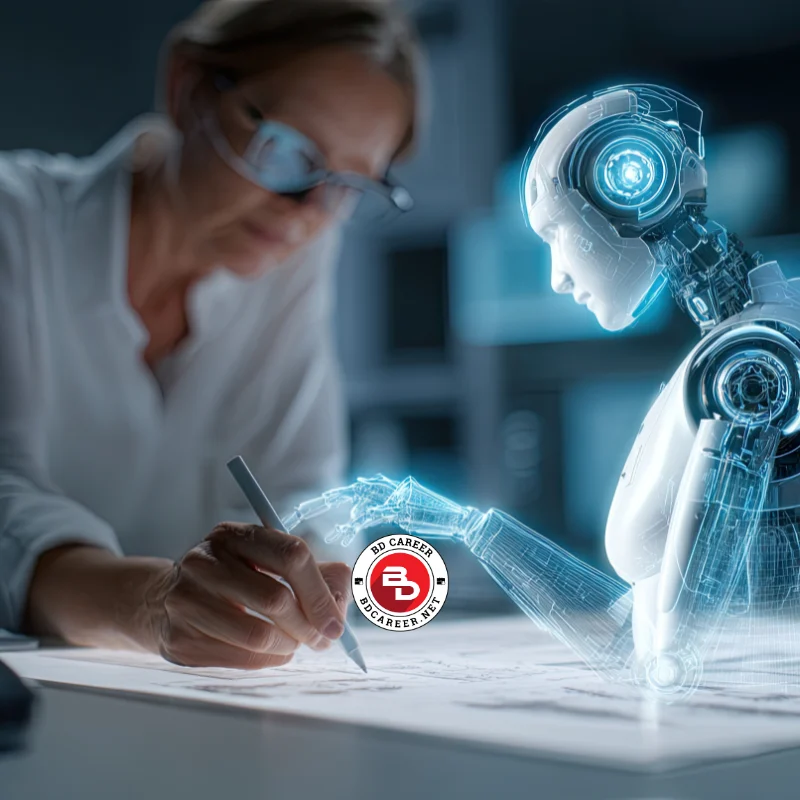
The Emotional Intelligence Factor: Human + Machine Empathy
Now here’s where things start to sound like science fiction—but it’s real. Some AI tools are learning to read emotional cues. Tone of voice, phrasing, and even facial micro-expressions during video calls. They can detect when a team’s getting frustrated, or when one person’s dominating the conversation.
Tools like Receptiviti and Hume AI do this right now. Imagine an AI assistant that gently pings you after a meeting, saying, “Hey, your team seemed a bit tense today. Maybe follow up with Sarah?” It’s weirdly human.
But let’s not overstate it—AI can read emotions, not feel them. That’s still our job. Empathy’s our superpower. What these tools can do is help us notice patterns we might miss in the rush of deadlines.
And honestly, a little help keeping team morale in check? Not the worst idea in the world.
Organizational Benefits of Cognitive Collaboration
So what’s the big deal? Why should anyone care if AIs are joining the team huddle?
Because when humans and AI start thinking together, things move faster. Teams stop talking past each other. Projects don’t drag on forever. Creativity actually gets room to breathe again.
Here’s what happens when it works:
- Speed: Projects that used to take months get done in weeks.
- Clarity: Everyone finally understands the same thing at the same time.
- Less stress: AI handles the repetitive junk, so people can focus on the fun parts—ideation, problem-solving, storytelling.
- Better decisions: Data-backed, human-guided choices. No more “gut feeling vs. analytics” battles.
And maybe most importantly, teams feel smarter. It’s like collective intelligence, but supercharged.
Ethical and Operational Considerations
Now, I won’t pretend it’s all sunshine and seamless teamwork. AI in collaboration raises serious questions.
Privacy is huge. If your AI assistant is listening to meetings or analyzing tone, where’s that data going? Who owns it? People need to know they’re not being spied on.
Then there’s bias. AI can misinterpret communication styles, especially across cultures. It might think a blunt, no-nonsense tone is negative when it’s just… direct.
And finally—trust. Teams need to understand how AI works, actually, to trust its suggestions. Blind faith in algorithms is just as dangerous as ignoring them entirely. That’s why training and transparency matter. You can’t just drop an AI tool into a workflow and expect magic. People have to learn how to think with it.

The Future: Teams That Think Together
Picture this: a team spread across five time zones, working on a global product launch. Their AI teammate organizes everything—summarises meetings, translates feedback, and tracks deliverables. It even connects them to internal experts they didn’t know existed.
No more 3 a.m. calls. No more confusion about who’s doing what. Just flow. Humans and machines think as one—each doing what they do best.
That’s the future we’re walking toward. Not “robots taking over,” but “robots helping humans be more human.” And honestly, that’s kind of beautiful.
Because at the end of the day, collaboration isn’t just about tasks—it’s about understanding. And if AI can help us understand each other a little better across roles, languages, and time zones, maybe it’s not just cognitive collaboration. Maybe it’s a new kind of teamwork entirely.
Final Thought
Cognitive collaboration isn’t a buzzword. It’s a shift. A messy, imperfect, exhilarating shift in how we think together. The magic doesn’t come from the algorithms. It comes from the mix—the human creativity, the AI precision, the shared curiosity in between. That’s where the real innovation lives. Because when people and machines actually start to get each other, that’s when collaboration stops being a meeting and starts being a movement.
